Misterio (2013)
Género : Ciencia ficción
Tiempo de ejecución : 11M
Director : Chema García Ibarra
Sinopsis
Dicen que si pegas la oreja a su nuca oyes hablar a la Virgen.

Bert Haanstra paints a portrait of The Netherlands and the Dutch, in his own unparalleled manner. Partly with the aid of a hidden camera he observes people in the most diverse situations. He shows the unusual in the usual and the usual in the unusual. The harsh years of the post war era of reconstruction have passed and for most people life is better than before.
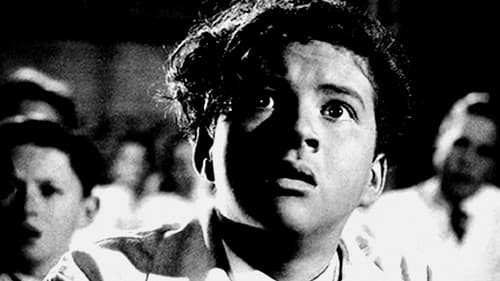
Mientras comete una travesura, un niño descubre casualmente la identidad del criminal que mantiene en alerta a todo el barrio. Por miedo a ser castigado, no cuenta lo que sabe a su padre, un agente de policía.

La primera parte de este documental trata del neurólogo portugués António Egas Moniz, premio Nobel de Medicina en 1949, uno de los primeros cirujanos en aplicar la técnica denominada lobotomía para el tratamiento de la esquizofrenia. La segunda parte trata sobre el día a día de personas con esquizofrenia en la actualidad: su comportamiento y relaciones, y el tratamiento para la enfermedad.

A Trip Down Memory Lane is a 1965 experimental collage film by Arthur Lipsett, created by editing together images and sound clips from over fifty years of newsreel footage. The film combines footage from a beauty contest, religious procession, failed airflight, automotive and science experiments, animal experimentation, skyscraper construction, military paraphernalia, John D. Rockefeller and scenes of leisure, Richard Nixon and scenes of war, blimps and hot air balloons, and a sword swallower. Lipsett envisioned his film as a kind of cinematic time capsule for future generations.

Ming of Harlem: Twenty One Storeys in the Air is an only-in-New-York account of Ming, Al, and Antoine Yates, who cohabited in a high-rise social housing apartment at Drew-Hamilton complex in Harlem for several years until 2003, when news of their dwelling caused a public outcry and collective outpouring of disbelief. On the discovery that Ming was a 500-pound pound Tiger and Al a seven-foot alligator, their story took on an astonishing dimension. The film frames Yates’s recollections with a poetic study of Ming and Al, the predators’ presence combined with a text by philosopher Jean-Luc Nancy, reimagining the circumstances of the wild inside, animal names, strange territories, and human-animal relations.
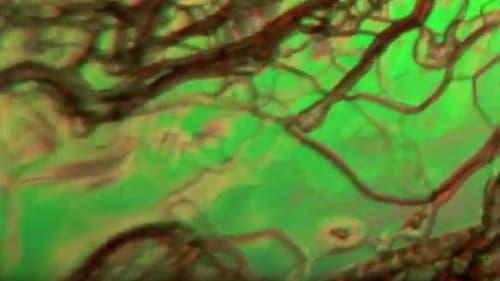
Title cards introduce images we watch without narration; they are displays of shape and color. François de Roubaix's electronic music accompanies these images, photographed under a polarizing microscope. The crystals appear to move like tiny organisms: small four-part fans share the frame with flowing lines of pink. Multiple patterns appear side by side.

Inhabitants depicts animals in panic: the film is mostly filled with shots of mass migrations and stampedes (some, surprisingly, filmed from a helicopter). The title equalizes the species of the earth. Artavazd Peleshian merely alludes to the presence of human beings—a few silhouettes that seem to be the cause of these vast, anxious movements of animal fear. In many ways, this film is an ode to the animal world that moves toward formal abstraction, with clouds of silver birds pulverizing light. Peleshian said, “It’s hard to give a verbal synopsis of these films. Such films exist only on the screen, you have to see them.”

The film centers on an unusual photograph dating back to the 1930s. An investigation of its particulars reveals a tapestry of secrets hidden in the details, and a tale of kidnapping and murder captured in a haunting moment.

Poetic essay about the beginning of life from labor pains and birth and about its symbolic meaning.

In 1952, Haanstra made Panta Rhei , another view of Holland through the eyes of a painter and filmmaker. Its poetic images of water, skies and clouds reflect Haanstra's own moods.

Herzog filma a varios peregrinos en la tumba de San Sergio, en Sergiyev Posad, en Rusia, y a otros en la Basílica de Guadalupe, en México. Sirve de fondo a este documental mudo la música de John Tavener.
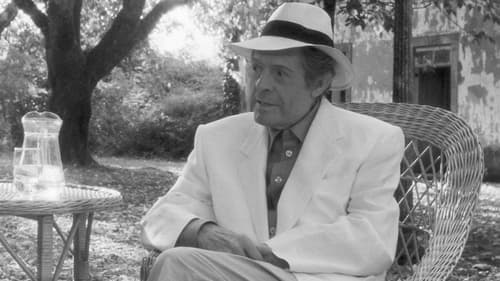
En 1996, Marcello Mastroianni se dispuso a recordar el pasado, frente a la realizadora Anna Maria Tató, la mujer que compartió con él los veintidós últimos años de su vida. El resultado es este repertorio de anécdotas, confesiones y memorias narradas por el protagonista en primera persona. (FILMAFFINITY)
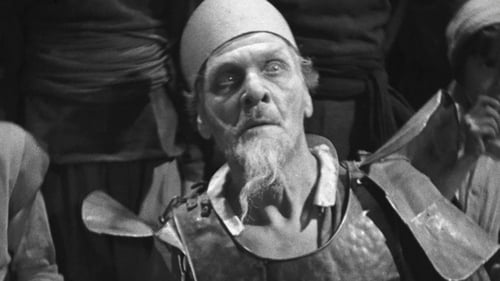
Inflamed by his readings of chivalric novels, Don Quixote, a knight with a sad face, accompanied by Sancho Panza, a peasant steeped in common sense, decides to set off across the world in search of improbable adventures.

Pedro y Julián, dos amigos entomólogos de afición, están enamorados de la misma mujer, Adela, quien se decide por Pedro para casarse. Julián frecuenta al matrimonio, pero actúa hacia la mujer como si fuera su propio marido. La pasión que une a ambos amigos, la entomología, les lleva a concluir con los años un tratado, para cuya realización han ido llenando la casa de abundantes ejemplares que servirán de ilustración. La mujer, sin embargo, no está a gusto con la vida que ha llevado y quiere abandonarlos. Descubierta la enfermedad que ella padece, hace que los hombres estén dispuestos a complacerla en todo, sin que ella sepa el porqué de su cambio de actitud.
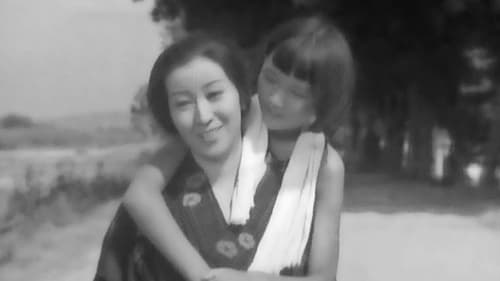
Two young girls, Nobiko and Tomiko, go to the same school. The less fortunate girl Nobiko is one of the top students, while the rich girl Tomiko is not. At one time Tomiko's father was quite fond of Nobuko's mother.

"The strangeness of this film is laced with carefully moulded apocalypses as the filmmaker explores a vision of life beyond death – the Elysian fields of Homer, Dante’s Purgatorio, de Chirico’s stitched plain. A moving single picture. Evolving the structure or script for the film involved a process of controlled hallucination, whereby I sat quietly without moving, looking at the background until the pieces began to move without my inventing things for them to do. I found that, given the chance, they really did have important business to attend to, and my job was to furnish them with the power of motion. I never deviated from this plan." —Canyon Cinema
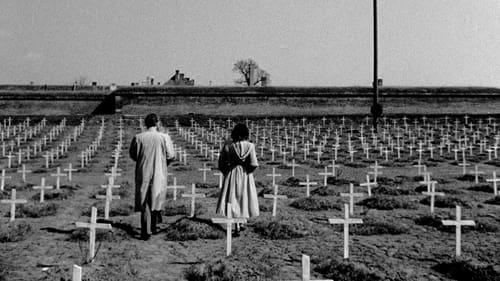
Praga, durante la Segunda Guerra Mundial. Hana Kaufmann, una oftalmóloga judía, se casa con el Dr. Antonín Bureš, un hombre cristiano. Cuando su familia es enviada al campo de concentración de Theresienstadt, su romance se convierte en una lucha por la supervivencia.
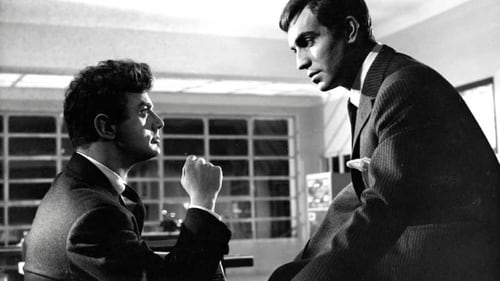
Un joven perteneciente a la alta burguesia rechaza todos los valores que le han sido impuestos por su familia, que no acepta su forma de vida. A él le gusta el teatro, la música y estar con sus amigos. Pese a sus esfuerzos por agradar, trabajando en el negocio familiar, se entera que su hermano le tacha de inútil y afeminado. Un filme que para sorpresa de sus creadores pasó la censura en su época, a pesar de tener escenas que claramente sugieren la homosexualidad de su protagonista.

BOSTON FIRE finds grandeur in smoke rising eloquently from a city blaze. Billowing puffs of darkness blend with fountains of water streaming in from offscreen to orchestrate a play of primal elements. The beautiful texture of the smoke coupled with the isolation from the source of the fire erases the destructive impact of the event. The camera, lost in the immense dark clouds, produces images for meditation removed from the causes or consequences of the scene. The tiny firemen, seen as distant silhouettes, gaze in awe, helpless before nature’s power.
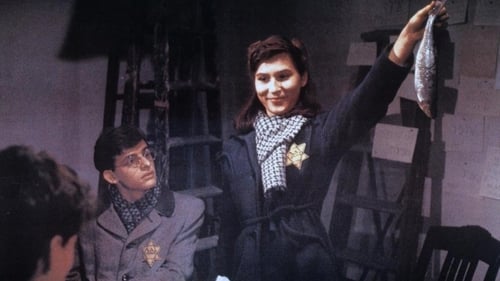
Although members of the Hitler Youth chant anti-Semitic paroles in front of his house during the Purim festival, Rabbi Singer is still profoundly convinced that Germany will stay a safe country for him, his family, and his fellow believers. But several years later, his son David is banned from going to school because he is a Jew. Shortly after, Rabbi Singer and his wife are deported. Now, young David also fears for his life. In constant fear of being detected, he tries to find a way to leave Germany.


















